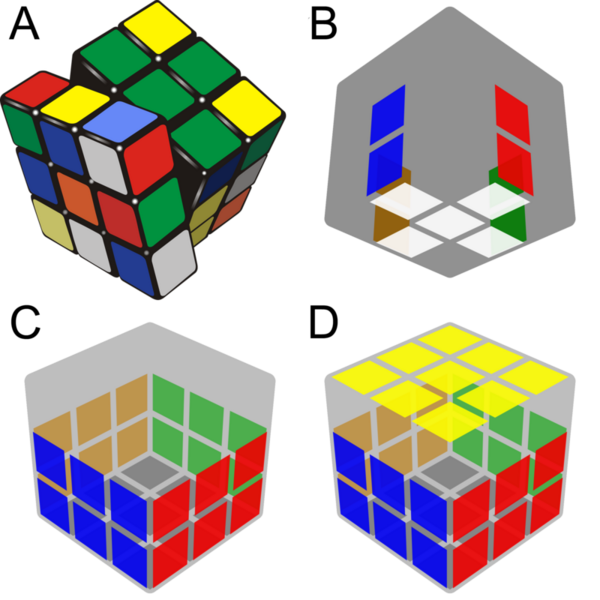Rubik’s cube: What separates the fastest solvers from the rest?
(1) Gunn High School, Palo Alto, California, (2) Eindhoven University of Technology, The Netherlands
https://doi.org/10.59720/21-189
The Rubik’s Cube is a 3D combination puzzle. Speedcubing is the activity of solving Rubik’s Cubes as fast as possible. In this paper, we identified and quantified key factors that enable some speedcubers to be faster than others. Knowledge of these factors could allow speedcubers to focus their practice deliberately into specific areas, accelerating their improvement. We hypothesized that a low fraction of pause times, low regrip frequency, and low move counts would show the strongest correlations with faster solves. To test this, we analyzed 69 solve videos frame by frame across a wide variety of ability levels, as well as survey data collected from 1,385 speedcubers. To our knowledge this study represents the most comprehensive factor study of speedcubing to date. We discovered that the following factors correlate most strongly with solve times: frequency of regrips and rotations, fraction of time spent pausing, cross move count, number of algorithms known, turn speed, duration of pause in transition between cross and first two layers (F2L) steps, and orientation of the last layer (OLL) and permutation of the last layer (PLL) recognition time. Based on our findings, we generated specific recommendations for how speedcubers of different ability levels might most efficiently improve their solve times.
This article has been tagged with: